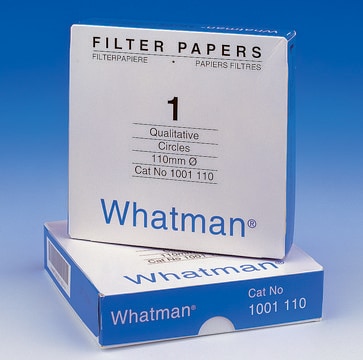CACO-2 Cell Line human
86010202, human colon (Caucasian colon adenocarcinoma), Epithelial
Synonim(y):
Caco 2 Cells, Caco-II Cells, Caco2 Cells
About This Item
Polecane produkty
product name
CACO-2 Cell Line human, from human colon(Caucasian colon adenocarcinoma), 86010202
pochodzenie biologiczne
human colon (Caucasian colon adenocarcinoma)
tryb wzrostu
Adherent
kariotyp
Hypertetraploid, modal no. 96
morfologia
Epithelial
produkty
Not specified
receptory
Not specified
metody
cell culture | mammalian: suitable
powiązane choroby
cancer
Warunki transportu
dry ice
temp. przechowywania
−196°C
Opis ogólny
Pochodzenie linii komórkowej
Opis linii komórkowej
Zastosowanie
- to study if components of the sigma B regulon in Listeria monocytogenes contribute to cell invasion
- for functional analysis of bacteriocin divercin AS7
- to study the intracellular invasion by Listeria ivanovii
- to study the effect of Maslinic acid, a pentacyclic triterpene, on colon cancer cell lines
- in in vitro digestive enzymes toxicity studies
- for Hazara virus infection and cultivation
- to test the anti-cancer activity of the Curcuma longa and Origanum marjorana
- in biocompatibility studies with the bark extracts of Salix spp.
- to test the effect of N-3-oxo-dodecanoyl-homoserine (3O-C12-HSL) lactone from P.aeruginosa on the mitochondrial functionality
- to test the effect of elastin-like recombinamer (ELR) based nanoparticle
- as an in vitro epithelial cell model for studying the toxicity of zinc oxide nanoparticle
- in the intestinal permeability assays with green rooibos extract
- in toxicity studies with mycotoxin Deoxynivalenol (DON) cadmium (Cd)
Profil DNA
CSF1PO: 11
D13S317: 11,13,14
D16S539: 12,13
D5S818: 12,13
D7S820: 11,12
THO1: 6
TPOX: 9,11
vWA: 16,18
pożywka hodowlana
Rutyna subkultury
Inne uwagi
produkt powiązany
Certyfikaty analizy (CoA)
Poszukaj Certyfikaty analizy (CoA), wpisując numer partii/serii produktów. Numery serii i partii można znaleźć na etykiecie produktu po słowach „seria” lub „partia”.
Masz już ten produkt?
Dokumenty związane z niedawno zakupionymi produktami zostały zamieszczone w Bibliotece dokumentów.
Produkty
DNA, RNA, cDNA derived from ECACC mammalian cell lines allow screening for genes or expression patterns to identify lines most suitable for specific research.
Nasz zespół naukowców ma doświadczenie we wszystkich obszarach badań, w tym w naukach przyrodniczych, materiałoznawstwie, syntezie chemicznej, chromatografii, analityce i wielu innych dziedzinach.
Skontaktuj się z zespołem ds. pomocy technicznej





